Podcast: Play in new window | Download
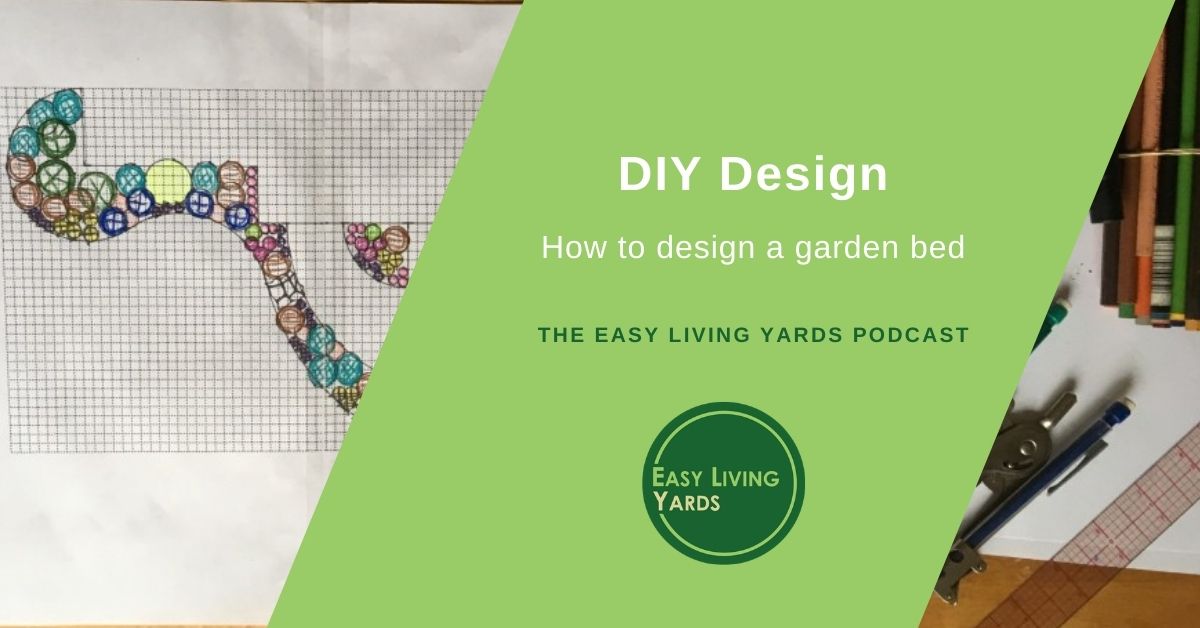
Show Notes
Today’s links: ely.how/episode109
- How to create a landscape vision
- Find your landscape design style
- How to design like a pro
- Missouri Botanical Garden Plant Finder Tool
- Ask Ben a Question for Free!
- Easy Living yards can help you create your beautiful yard, no matter your budget or location.
- Find me on Facebook, Instagram, or Pinterest
How to Design a Beautiful Garden Bed Like a Pro
When you’re looking for eco friendly landscaping ideas, it can be difficult to come up with a design that looks good. We want easy DIY landscaping, right? These design basics will help you design low maintenance landscaping that will look great and require less work.
Topic Outline:
- Goals for your landscaping
- Functions in a good landscape design
- Design Basics
- Low maintenance plant selection
How most people design a garden: We usually want to start with the plants.
The wrong way to design a garden: wanting to start with the plants!
The right way to design a beautiful low maintenance landscape:
- Landscape Design Goals
- Start with your goals for your garden and entire property
- What does your garden do?
- What does your garden mean to you?
- What do you want your garden to say about you?
- Start with your goals for your garden and entire property
- Functions in a good landscape design
- What functions does your landscape perform?
- Providing access
- Welcoming guests
- Visual barrier
- Bringing beauty to your life
- Providing a relaxing space
- Others
How to design a landscape like a pro – The basic essentials
- Your landscape design should be:
- an expression of your landscaping goals
- an implementation of your landscape functions
- Form in a landscape design
- The structure or backbone of your design
- You can see structure and form by looking at a landscape in black-and-white
- You want variation in your form to not be monotonous
- Texture in a landscape design
- Texture is your differences in leaf patterns, lighting, shadows, branching, etc.
- You also want varied texture to avoid dull landscapes
- Color
- You consider color after focusing on form, structure, and texture.
- This is the last bit – like decorative icing on a cake
- Color is usually a temporary, changing process in the landscape
- Balance
- How various elements across your design are distributed
- In form, structure, texture, color
- Symmetry
- Provides some sense of intent
- Does not need to be entirely symmetrical
- Repetition
- Use of similar elements across your design
- Plants, colors, texture
Plant Selection (woo hoo finally!!!!)
- Plants should
- fulfill your goals and design intent
- be adapted to site conditions
- Moisture, sun, soil, etc
- sometimes provide a funtion
- foot traffic, sight lines
- be available for you to find (duh – I promise you might get hung up on a plant and not be able to find it)
- Meet design needs
- Evergreen, bloom time/color, mature height/width
Good luck! Let me know how it goes!
Note: Some of the links on this page contain affiliate links. If you click on these links to make a purchase, I may obtain a small commission at no charge to you. All of these products are either products I own or have researched and would like to own. You can read my full affiliate disclosure here.


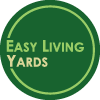
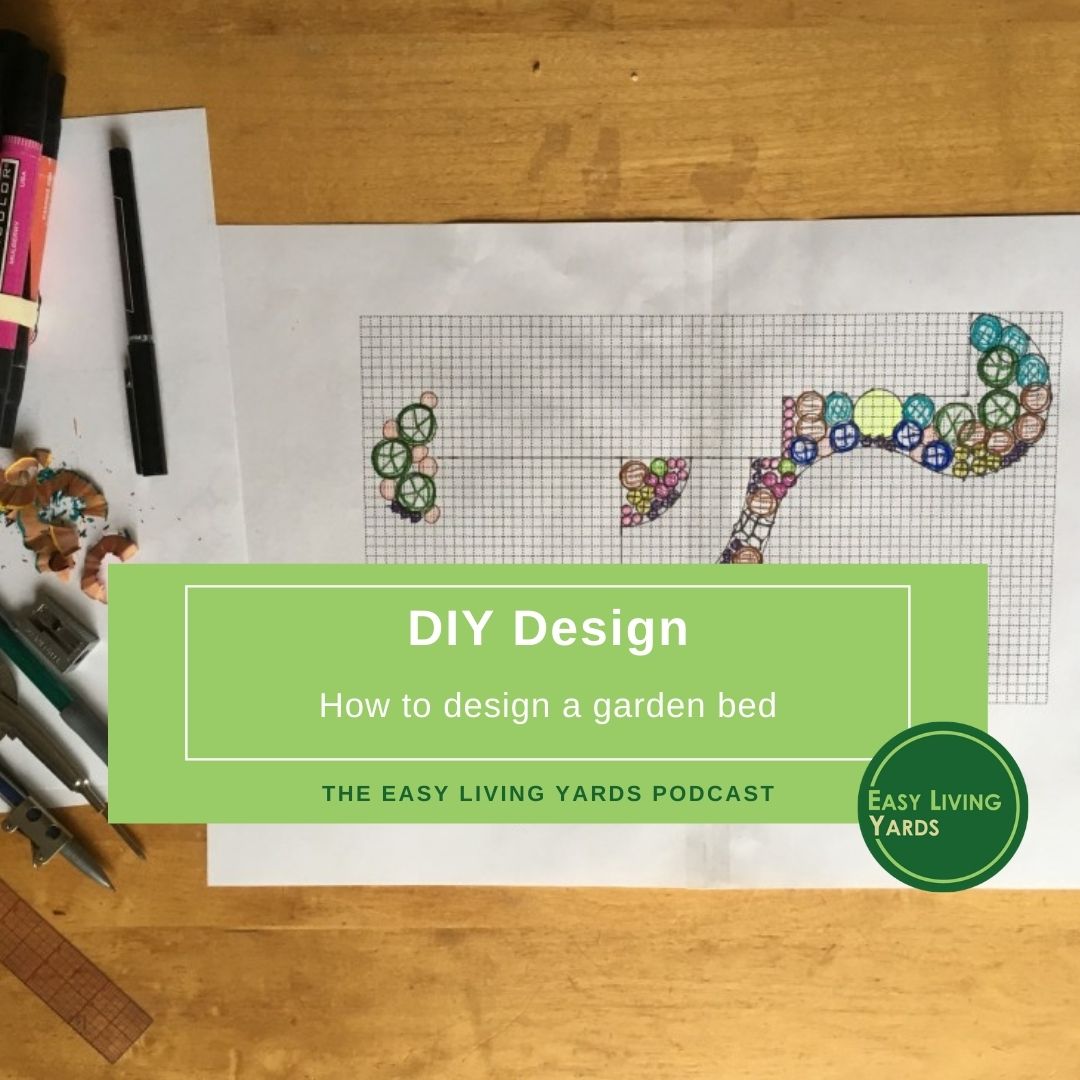
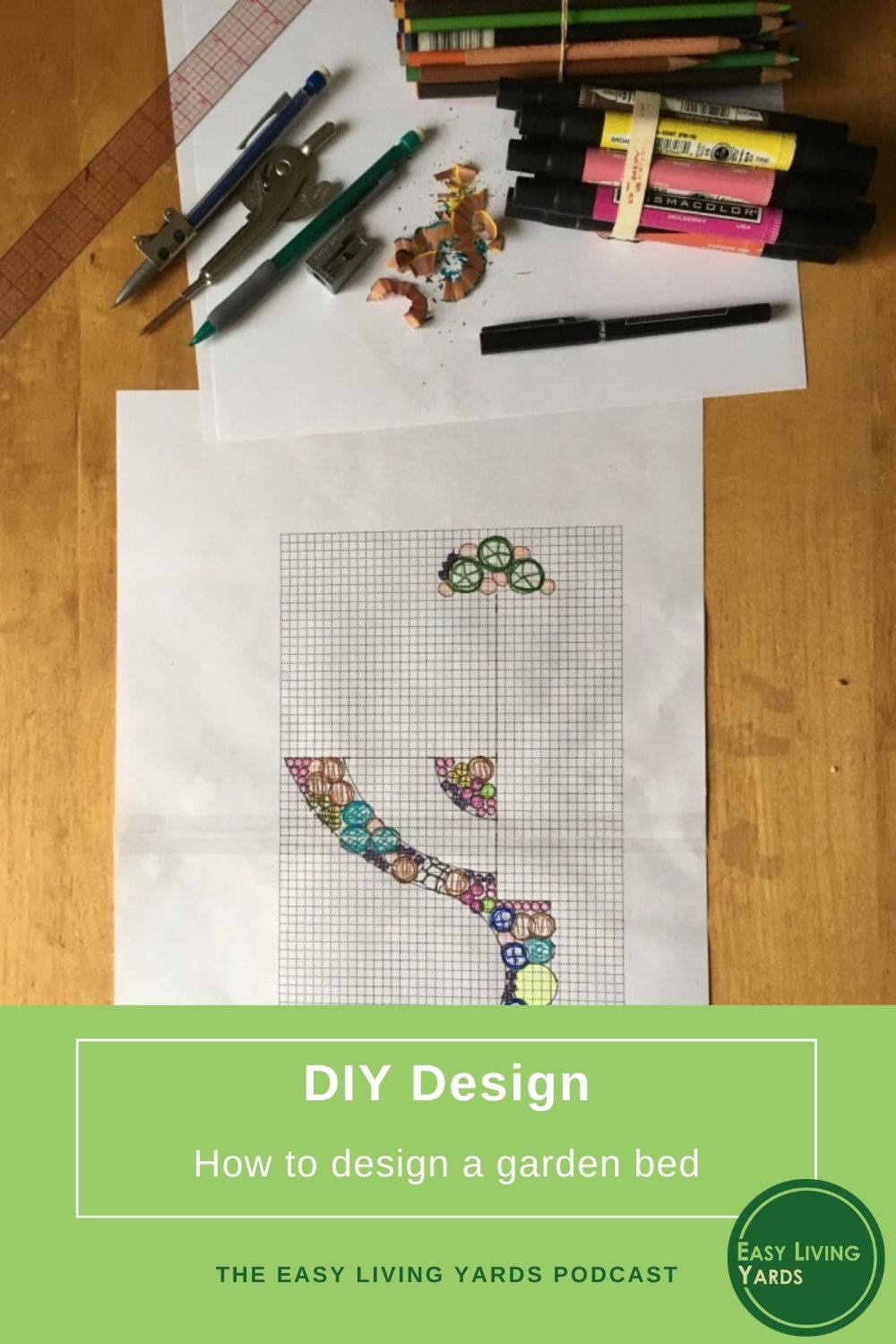
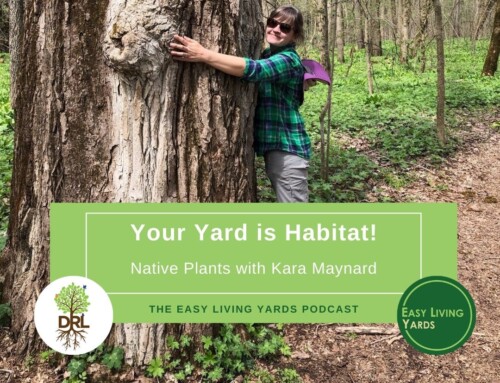
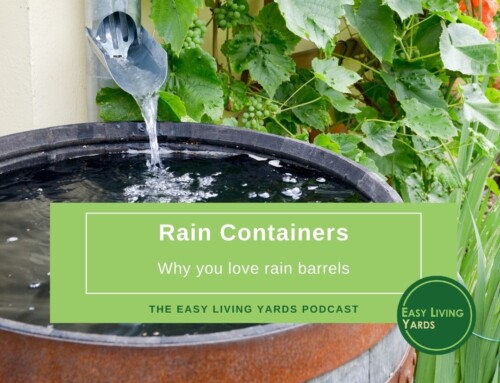

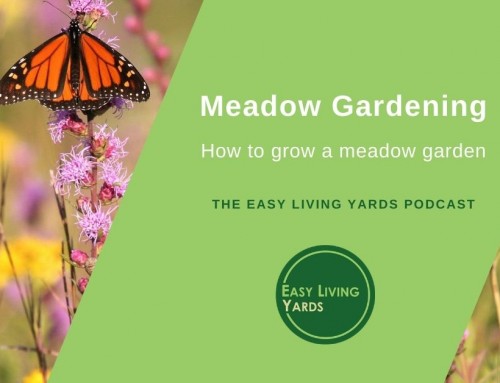
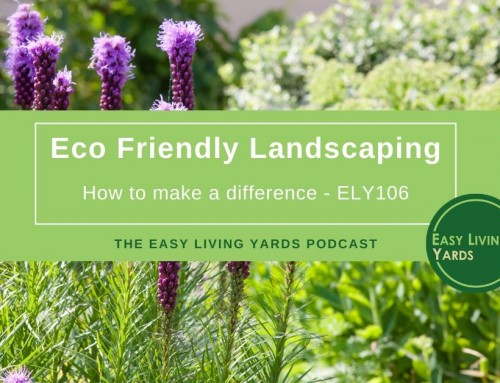
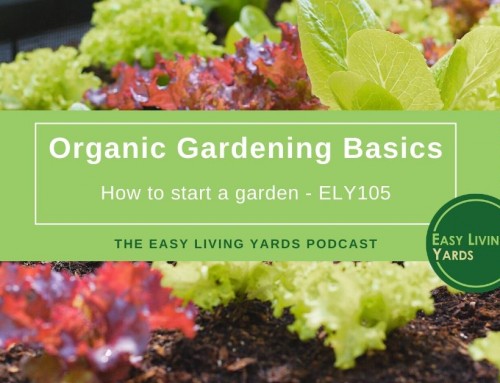
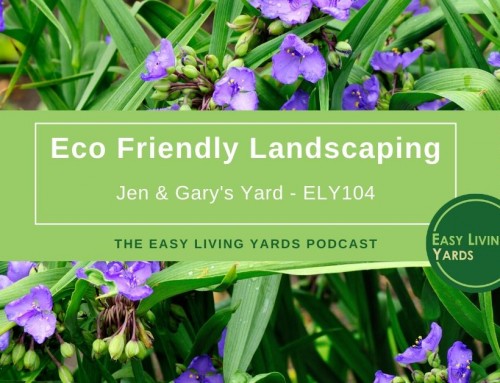

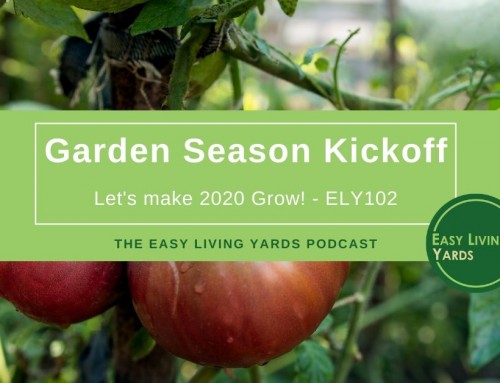
Leave A Comment